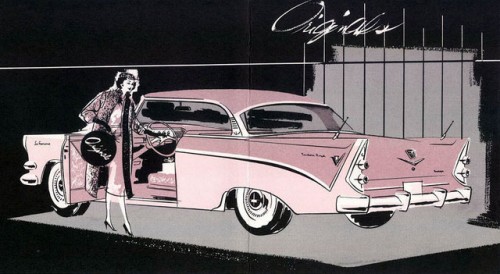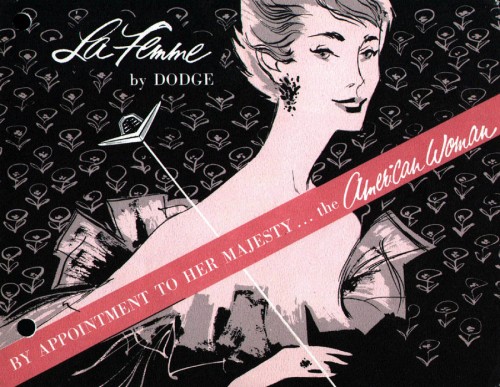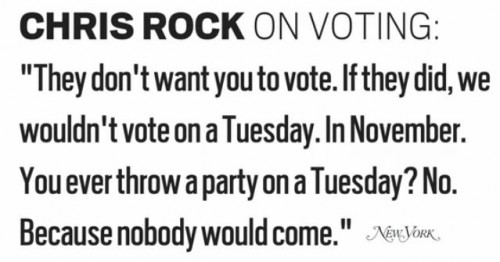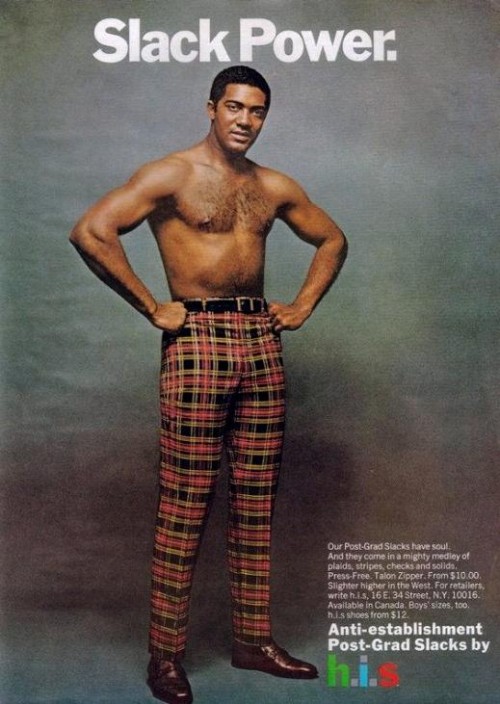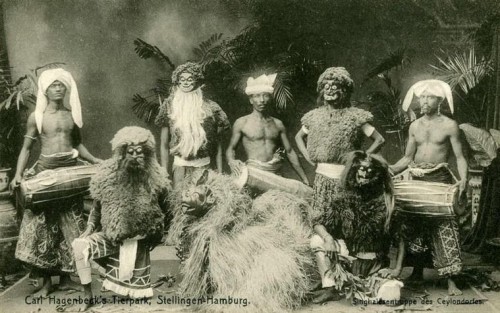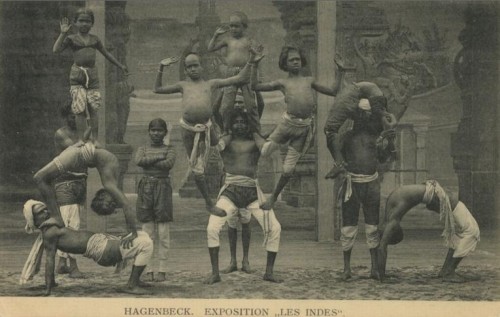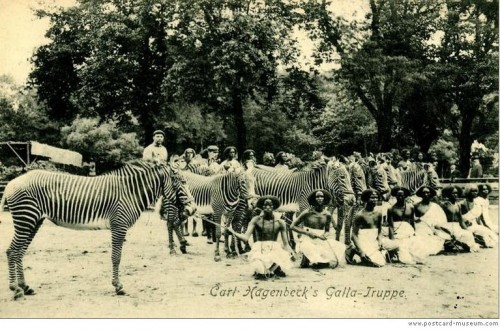 In the five minute video below, U.C. Santa Barbara sociologist Richard Appelbaum discusses the global changes that are driving our uncertain economic future. While economists have rightly focused on many proximate factors, he says, sociologists have emphasized “changing nature of the economy in the world today.” He offers a quick history of economic transformations throughout human history and then focuses on the ongoing changes that we call “globalization.” This includes lightning speed communication and extremely fast movement of goods from one part of the world to another.
In the five minute video below, U.C. Santa Barbara sociologist Richard Appelbaum discusses the global changes that are driving our uncertain economic future. While economists have rightly focused on many proximate factors, he says, sociologists have emphasized “changing nature of the economy in the world today.” He offers a quick history of economic transformations throughout human history and then focuses on the ongoing changes that we call “globalization.” This includes lightning speed communication and extremely fast movement of goods from one part of the world to another.
Globalization, he goes on, has caused a migration of work out of wealthy and into poor countries. Meanwhile, businesses that have no national boundaries are increasingly independent. Not beholden to any given country, it has become more difficult to regulate industries in ways that benefit any given state and its citizens.
Appelbaum finishes with a quick discussion of what all this means for young people who are educating themselves today with the hopes of a bright future tomorrow.
Video by Norton Sociology.
Lisa Wade, PhD is an Associate Professor at Tulane University. She is the author of American Hookup, a book about college sexual culture; a textbook about gender; and a forthcoming introductory text: Terrible Magnificent Sociology. You can follow her on Twitter and Instagram.





